-
main-collection-product-grid
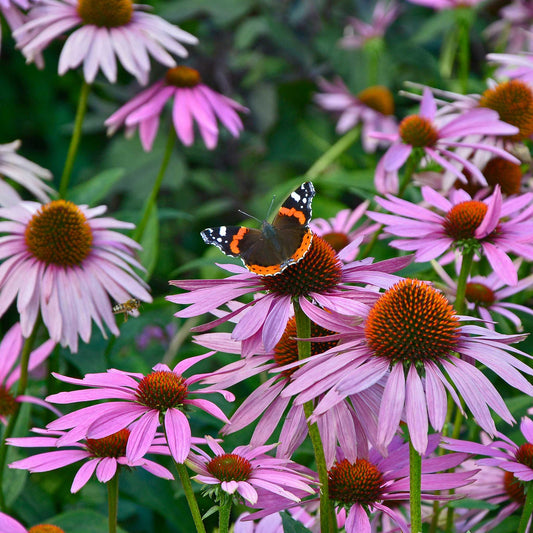
Purple Coneflower Seeds (Echinacea)
This native perennial is a treasured herbal remedyPurple Coneflower Seeds (Echinacea)
This native perennial is a treasured herbal remedyRegular price As Low As $4.99Regular priceUnit price per -
main-collection-product-grid
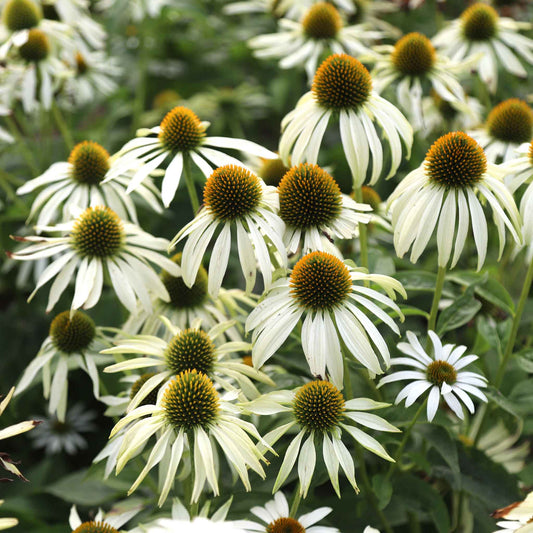
Coneflower Seeds - White Swan
Crisp white blooms gracefully float atop attractive bushy plantsConeflower Seeds - White Swan
Crisp white blooms gracefully float atop attractive bushy plantsRegular price $4.99Regular priceUnit price per -
main-collection-product-grid
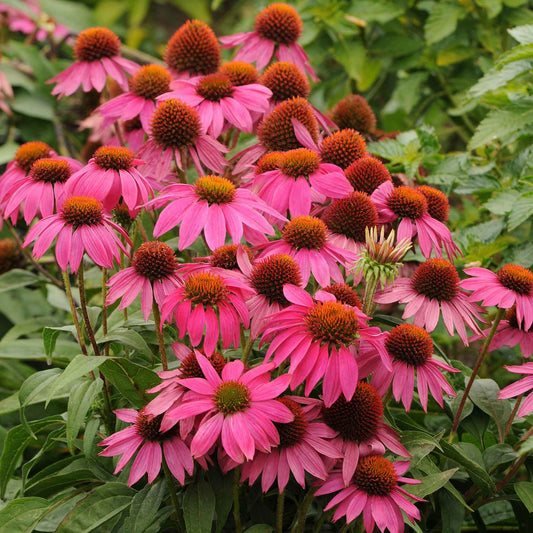
Coneflower Seeds - PowWow Wild Berry
2010 All-America Selections Flower Award WinnerConeflower Seeds - PowWow Wild Berry
2010 All-America Selections Flower Award WinnerRegular price $6.49Regular priceUnit price per -
main-collection-product-grid
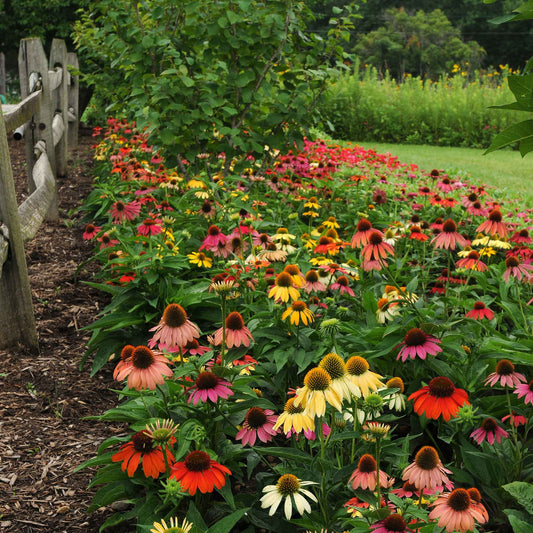
Coneflower Seeds - Cheyenne Spirit
Winner of both the highly coveted Fleuroselect Gold Medal and All-America SelectionsConeflower Seeds - Cheyenne Spirit
Winner of both the highly coveted Fleuroselect Gold Medal and All-America SelectionsRegular price $10.99Regular priceUnit price per -
main-collection-product-grid
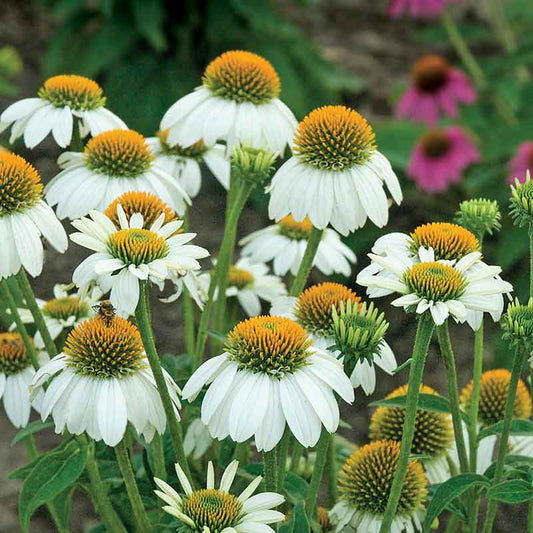
Coneflower Seeds - PowWow White
Dazzlingly clean skirt of white, extra-wide petalsConeflower Seeds - PowWow White
Dazzlingly clean skirt of white, extra-wide petalsRegular price $5.99Regular priceUnit price per -
main-collection-product-grid
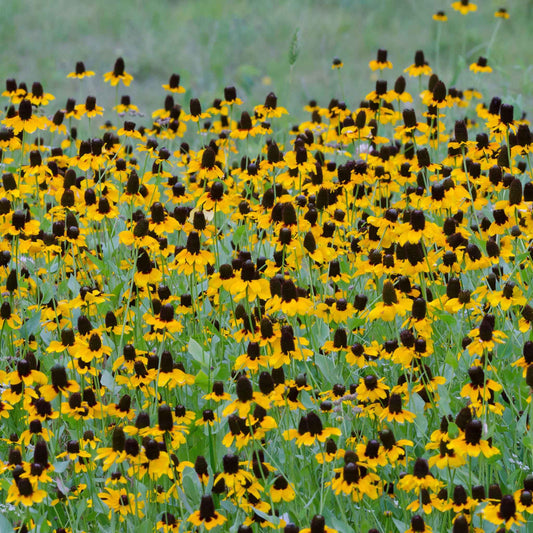
Clasping Coneflower Seeds
This native wildflower is a close relative of black-eyed susansClasping Coneflower Seeds
This native wildflower is a close relative of black-eyed susansRegular price As Low As $4.99Regular priceUnit price per -
main-collection-product-grid
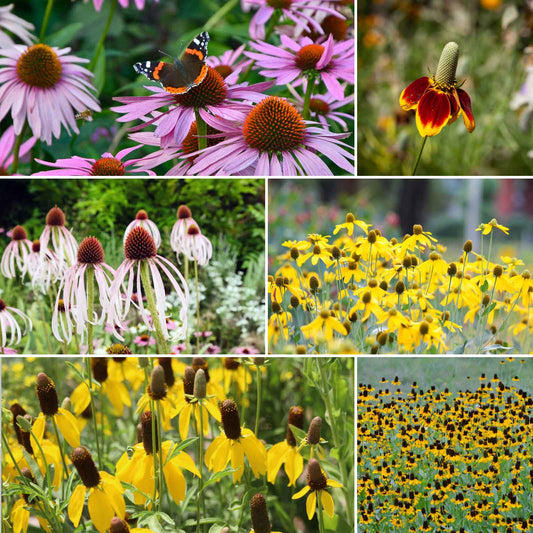
Conehead - Coneflower Seed Mix
Each one of these 6 varieties has its own colorful personalityConehead - Coneflower Seed Mix
Each one of these 6 varieties has its own colorful personalityRegular price As Low As $27.99Regular priceUnit price per -
main-collection-product-grid
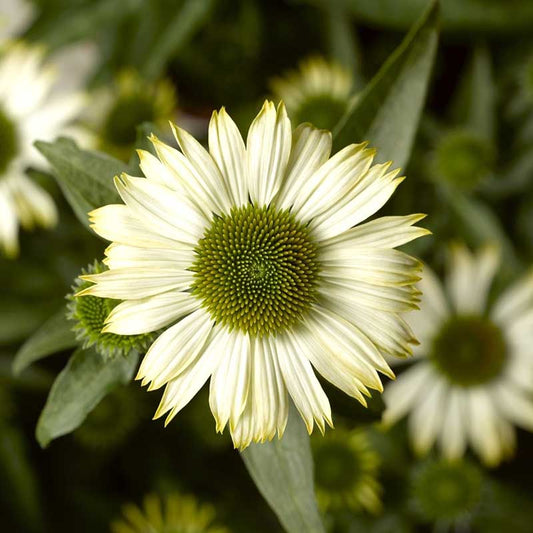
Coneflower Seeds - Compact Prairie Splendor White
Compact size is ideal for container gardens and bordersConeflower Seeds - Compact Prairie Splendor White
Compact size is ideal for container gardens and bordersRegular price $5.99Regular priceUnit price per -
main-collection-product-grid
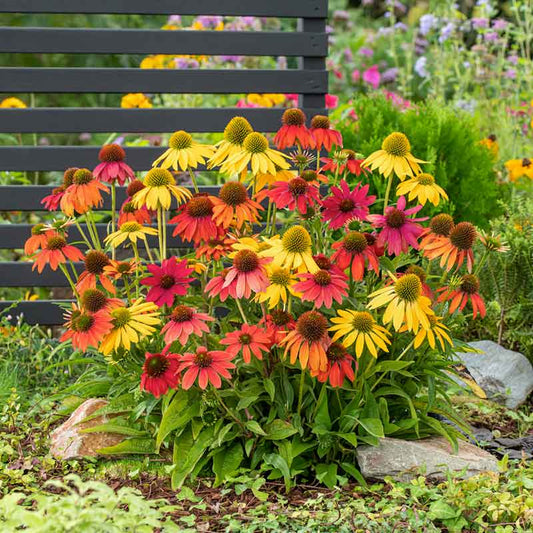
Coneflower Seeds - Artisan Ombre Mix
A member of the Artisan series providing consistent plant structure and floweringOut of StockConeflower Seeds - Artisan Ombre Mix
A member of the Artisan series providing consistent plant structure and floweringRegular price $10.99Regular priceUnit price per -
main-collection-product-grid
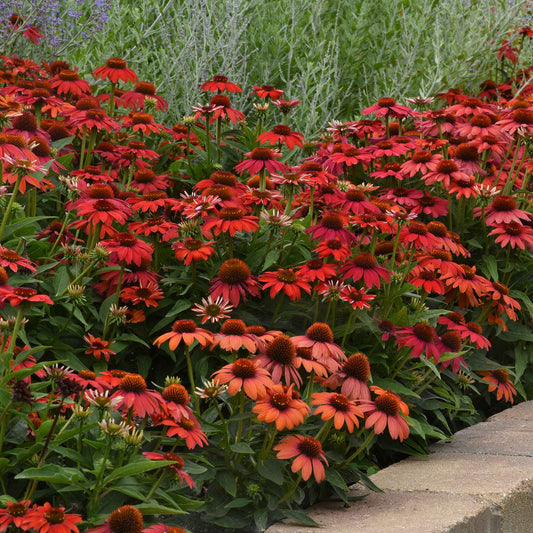
Coneflower Seeds - Artisan Red Ombre
A member of the Artisan series offering consistent plant structure and uniform floweringOut of StockConeflower Seeds - Artisan Red Ombre
A member of the Artisan series offering consistent plant structure and uniform floweringRegular price $10.99Regular priceUnit price per
About our coneflower seeds
- 10 coneflower seed varieties
- Spring-blooming pollinator attractor
- Drought resistant
- Prefers full sun exposure
The Amazing Features of Coneflower
Coneflowers are a member of the daisy family and native to the United States. Plant this perennial to ensure nearby plants have plenty of pollination. Coneflowers are drought resistant and will thrive on the available moisture from rain except in extremely dry areas. You'll find it in wildflower mixes like Eden Brothers' All Perennial Wildflower Mix and The Bees Knees Wildflower Mix.
Coneflower Germination
Coneflower requires cold stratification prior to planting. Soak the seeds for one to two hours to achieve this. Drain the water with a paper towel and spread the seeds out in a single layer on the towel. Wrap a dry paper towel around the wet one and place everything in a sealed plastic bag to keep the seeds damp but not soggy. Refrigerate the bag for about eight to twelve weeks before the day you want to plant them. If your seeds sprout before the cold stratification process is through, remove them right away and plant them indoors until they are ready to be moved outside.
Sow your coneflower seeds in the late fall, after the frost, or you may choose to start your seeds indoors six to eight weeks before the final frost date. Coneflower perform best in average, well-drained soil with bright, sunny conditions, tolerating partial shade if needed. Broadcast sow the seeds directly onto the surface of the soil without covering, as coneflower requires sunlight to germinate.
tips for treating coneflower blooms
In areas with normal rainfall, additional watering is not necessary. Usually, coneflowers don't require fertilizer unless the flowers are small or not developing well. If this is the case, use a fertilizer high in phosphorus. When blooms begin to look spent, cut down the plants by a third of their height. This will help re-energize the plant as well as store energy for subsequent seasons. The coneflower plant itself will tend to grow larger if not cut back, however, it is not a species that spreads or takes over other plants nearby.
Coneflower is a great companion plant for bee balm, phlox, coreopsis, Black Eyed Susans, gayfeather, sage and catnip!
For more information about planting, growing, and caring for coneflower seed, see the Coneflower Seeds Planting Guide.









